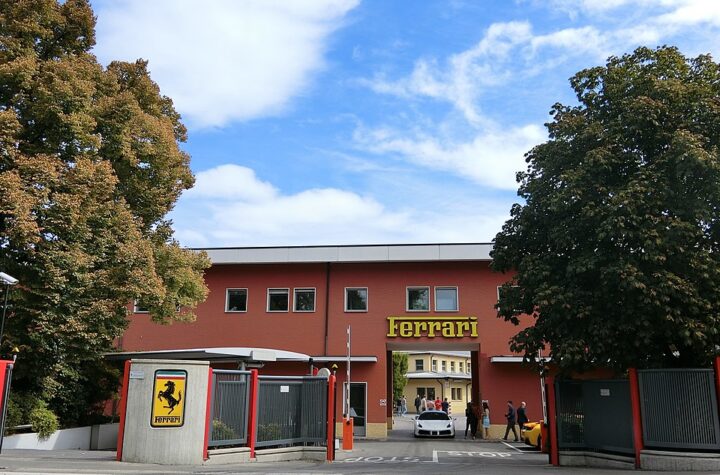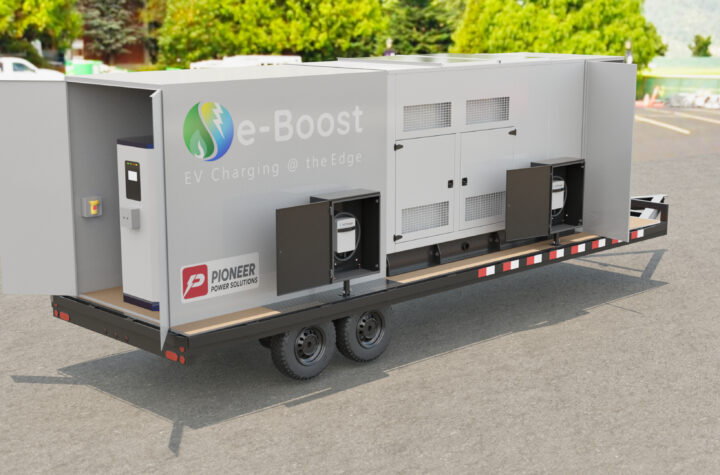
Prestige SUVs and Crossovers continue to sell well in a down market.
The economy continues to search for a true breakout; automotive sales, despite Herculean efforts and monstrous rebates, are a tad short of trend; jobs remain hard to find; and the small, inexpensive car market is declining in volume. Cheerfully ignoring these indicators, copious wads of cash flow to the pricey, prestige-brand SUV/crossover group in increasing amounts, pushing sales of these high-expenditure units up 38 percent this year.
These prestige-brand SUV/crossover units come in a varied mix of sizes, shapes and prices. Some are big and square (think Navigator), some are very big and very square (Hummer I), others are perilously close to station wagons (Volvo) and some are smaller and sleek, typified by Porsche’s Cayenne. Additionally, some units that narrowly miss the cut for this article would swell the volume count. VW’s Touareg is a nice package but VW is not of the prestige cut as it does share a brand name with the PT Cruiser. Perhaps DCX should have brought back the Imperial nameplate for the Pacifica and Crossfire models. Audi’s Allroad is on the cusp of prestige crossoverness, but they are reported as cars in the standard sales data. Among the facts and oddities found in the statistics is that Ford, fielding both domestic and imported brands, has the highest count of brands (three) and models (seven), and takes the corporate volume crown, plus a well above average corporate sales gain, both derived from prices spread across the $35,000 to $70,000 retail spectrum. At the lower end of the volume scale, Nissan’s Infiniti, offering a limited product range and starting from miniscule volume, picked up the highest corporate percentage gain by selling sub-$40,000 vehicles in the lower-price end of the market. An oddity is that the only declines are from the Germans. Both Mercedes and BMW sell in the $40,000 to $60,000 area, with Mercedes doing most of their business at just under $40,000. Regardless, both are off from last year. There is some indication that the entry of Porsche and VW has diluted the German-centric SUV/crossover market. The General’s Hummer, starting from a very low sales base has tripled its 2003 sales with 98 percent of the volume originating from the mid-$50,000 H2s plus a slim minority from H1s that can push up to the $120,000 mark. However, GM’s Cadillac, particularly the many forms of the Escalade, continues to carry the major load for the corporation while anticipating additional help from the newly arrived SRX.
Among the facts and oddities found in the statistics is that Ford, fielding both domestic and imported brands, has the highest count of brands (three) and models (seven), and takes the corporate volume crown, plus a well above average corporate sales gain, both derived from prices spread across the $35,000 to $70,000 retail spectrum. At the lower end of the volume scale, Nissan’s Infiniti, offering a limited product range and starting from miniscule volume, picked up the highest corporate percentage gain by selling sub-$40,000 vehicles in the lower-price end of the market. An oddity is that the only declines are from the Germans. Both Mercedes and BMW sell in the $40,000 to $60,000 area, with Mercedes doing most of their business at just under $40,000. Regardless, both are off from last year. There is some indication that the entry of Porsche and VW has diluted the German-centric SUV/crossover market. The General’s Hummer, starting from a very low sales base has tripled its 2003 sales with 98 percent of the volume originating from the mid-$50,000 H2s plus a slim minority from H1s that can push up to the $120,000 mark. However, GM’s Cadillac, particularly the many forms of the Escalade, continues to carry the major load for the corporation while anticipating additional help from the newly arrived SRX.
Another vehicle not detailed in the accompanying table is Lincoln’s Aviator, a $40,000 mid-size SUV often derided by some analysts as not doing the job, yet it is outselling 10 competitive vehicles and provided 84 points of Lincoln’s 102 point gain. Perhaps an unrealistic original demand forecast and/or overly enthusiastic pre-production sales blurb are the image culprit (see AI, November, 2003, pg. 18) for bad-forecast damage. Among Ford’s widespread brands, Land Rover, fronting three models, is holding relatively even as Volvo, buoyed by the new $35,000 to $40,000 XC90, racked up substantial gains.
Toyota, with four models fielded under the Lexus brand, is heavily skewed to the low-end $35,000 to $40,000 price range that includes the in-class best-selling RX300 that provides 70 percent of the total Lexus SUV volume. Lexus keeps pushing ahead and is now in second place in market-segment volume.
Meanwhile, Honda’s Acura, thin on product with only the high $30,000 MDX, is plodding along in this market with minimal gains.
Porsche’s $55,000 to $90,000 Cayenne, in recent months selling neck-to-neck with all Porsche cars, has become its franchise player.
There are too many messages emanating from the data. Among them are that topdrawer consumers still have and will spend money. New models help. A broad selection helps total volume. Concentration of effort helps specific-vehicle volume. Consumer fickleness is rampant. Domestic high volume comes from $50,000 plus. Japanese high volume comes from under $40,000. Prices lower than the other guy helps. Simply being Japanese helps. Simply being German doesn’t help. Three domestic nameplates are competing against eight overseas nameplates, some entwined at corporate headquarters. And last but not least, the current growth rate won’t last forever.














More Stories
Horse Logos In Cars – Car Brands With Equine History
Durable Engine Labels for Harsh Automotive Conditions
How Does Motorcycle Transport Work? Costs, Methods & Companies